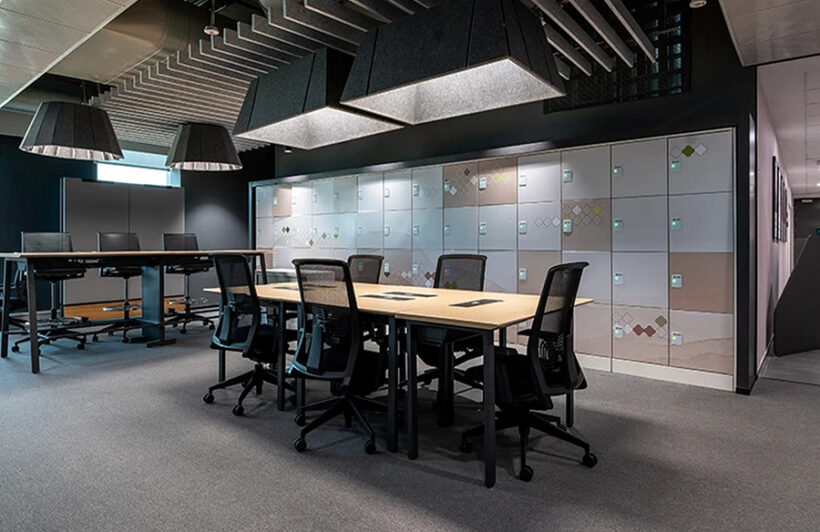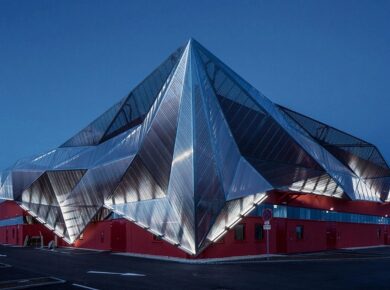Introduction to Light Layering
Picture entering a room where a warm ambiance envelops you, architectural features are highlighted with precision, and functional task lighting enhances every corner. This captivating experience is the result of a sophisticated lighting design technique known as light layering. In this exploration, we delve into the intricacies of light layering, unraveling its benefits, techniques, and the art of harmonizing diverse lighting elements. Prepare to elevate your living spaces with a mesmerizing symphony of light!
Understanding the Dynamics of Light Layering
At its core, light layering is a strategic lighting design approach that involves the deliberate integration of multiple layers of light to craft a dynamic and visually enticing environment. By seamlessly blending ambient, task, and accent lighting, each layer serves a distinct purpose, striving for a harmonious balance that enhances both functionality and aesthetics. The ultimate aim is to create an enriched ambiance, transforming the overall experience within a space.
The Foundation: Ambient Lighting
Comparable to a robust foundation supporting a structure, ambient lighting constitutes the foundational layer of light layering. This layer offers comprehensive illumination, establishing the overall mood for the space. Common sources of ambient lighting include overhead fixtures, chandeliers, and indoor recessed lighting. Through thoughtful fixture selection and intensity control, a comfortable brightness level is achieved, acting as a canvas for subsequent layers.
Precision Illumination: Task Lighting
Task lighting emerges as the protagonist of productivity, delivering focused illumination tailored for specific activities. Whether reading, cooking, or working at a desk, task lighting ensures optimal visibility while minimizing eye strain. Table lamps, under-cabinet lights, and adjustable desk lamps emerge as popular choices for task lighting. Strategic fixture placement eliminates shadows, directing light precisely where needed, facilitating tasks with ease and precision.
Adding Drama: Accent Lighting
To infuse depth, drama, and visual intrigue, accent lighting takes center stage by spotlighting architectural elements, artwork, or decor. This layer creates focal points, adding an element of elegance and sophistication to the space. Track lighting, wall sconces, and picture lights serve as go-to options for accent lighting. Experimentation with angles and intensities allows the creation of stunning effects, drawing attention to specific areas or objects and introducing layers of visual fascination.
Commanding the Symphony: Dimmers and Lighting Scenes
Similar to a conductor guiding an orchestra, the orchestration of lighting layers is achieved through dimmers and lighting control systems. Dimmers provide the flexibility to adjust the intensity of each layer, offering control over the mood and functionality of the space. Lighting scenes elevate this control by enabling pre-programmed lighting presets for various activities or occasions. A simple press of a button transforms the ambiance, adding an enchanting dimension to the living space.
The Art of Balance and Placement
Achieving equilibrium and harmony in light layering demands an artistic touch. Factors such as space size, intended activities, and prominent architectural features play pivotal roles. Experimentation with layer placement involves adjusting fixture positions and angles, creating a cohesive visual flow. The synergy between layers is paramount, avoiding dominance of any particular layer and ensuring a symphony of light that captivates the observer.
Fine-Tuning and Maintenance
The realization of a well-executed light layering design necessitates continuous fine-tuning and regular maintenance. Periodic evaluations of the lighting scheme enable adjustments to bulb choices, fixture positions, or dimmer settings as required. Vigilance towards burned-out bulbs or signs of wear and tear is essential, prompting prompt replacements. To minimize the frequency of replacements, opt for high-quality LED lights, such as those provided by Wipro, in your setup.
Conclusion: Enchanting Spaces with Light Layering
In conclusion, light layering emerges as a transformative technique, transcending ordinary spaces into extraordinary realms. To ensure your lighting system consistently establishes the desired mood, contemplate adjustments in color temperature, embrace dimmers and lighting control systems, and maintain a balanced composition tailored to each occasion. With the art of light layering at your disposal, infuse brilliance into your spaces and immerse yourself in the captivating dance of light.






